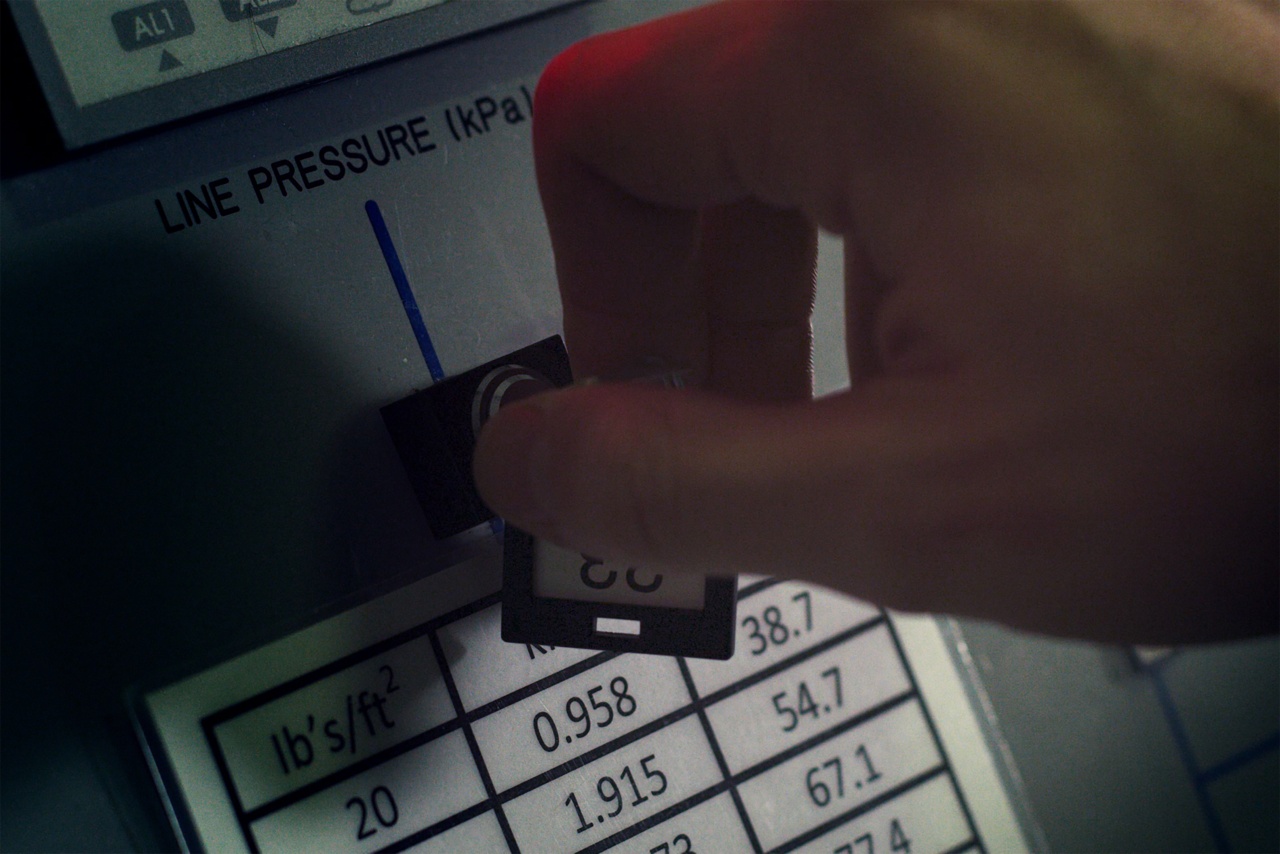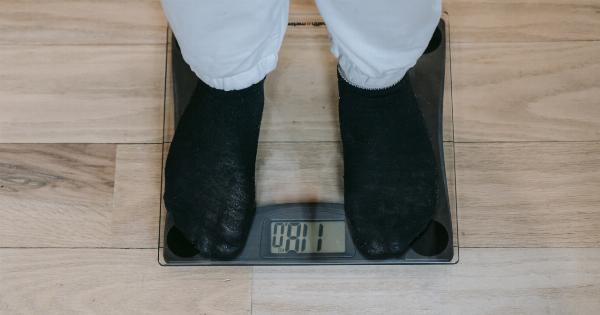When it comes to weight loss, counting calories seems like a simple solution. If you want to lose weight, you must eat fewer calories than you burn. However, things are not as straightforward as they seem.
The type of food you eat and the time of day you consume it can have a significant impact on your weight loss journey. This is where calorie distribution comes in.
What is Calorie Distribution?
Calorie distribution refers to the way you distribute your calorie intake throughout the day.
Rather than simply counting calories or following a strict diet plan, calorie distribution focuses on when you eat your calories and what types of foods you consume.
Research has shown that timing your meals and snacks can help regulate metabolism, improve insulin sensitivity, and boost weight loss.
Generally, the recommended calorie distribution is to consume the majority of your calories earlier in the day and fewer calories at night.
The Benefits of Calorie Distribution
Calorie distribution offers several benefits for weight loss. Here are a few:.
Improved Metabolism
Eating breakfast, lunch, and dinner at regular intervals helps regulate metabolism and energy levels.
When you eat at similar intervals every day, your body gets into a more predictable routine, and your metabolism gets the chance to function at a higher level. Regular meals can help maintain your body’s ability to burn calories at a steady rate.
Increased Satiety
Consuming smaller, more frequent meals throughout the day can help you feel fuller for longer periods. This can help you eat less and maintain a calorie deficit without feeling deprived or hungry.
Additionally, consuming protein-rich foods at each meal can help keep you feeling fuller for even longer.
Better Glycemic Control
Consuming a balanced diet with a focus on low glycemic-index foods can help regulate blood sugar levels. This can reduce the risk of overeating or binging on high-sugar foods which can lead to weight gain.
Consistent calorie distribution can also help regulate insulin sensitivity and reduce the risk of developing insulin resistance.
How to Distribute Your Calories
If you are looking to distribute your calories for optimal weight loss, consider following these guidelines:.
Eat More During the Day
Consume the majority of your calories earlier in the day. Eat a high-protein breakfast within hour of waking up, followed by a balanced lunch and dinner.
You may also want to add a mid-morning and mid-afternoon snack to keep your metabolism functioning optimally.
Eat Less At Night
Consuming fewer calories at dinner and after dinner can help support weight loss. Try to eat your last meal at least two hours before bed to allow your body to digest and metabolize food fully.
Avoid late-night snacks and processed foods high in sugar or fat, which can disrupt sleep and negatively affect metabolism, leading to weight gain.
Choose Nutrient-Dense Foods
For optimal digestion, choose high-fiber foods, healthy fats, and lean protein. These foods will keep you fuller for longer and provide essential nutrients to support optimal health. Avoid processed foods, high in salt and sugar.
Aim for Consistency
Try to consume your meals and snacks at similar times every day. This will help regulate hunger and improve metabolism. Stick with your eating schedule even on weekends to keep hunger and cravings under control.
Conclusion
Calorie distribution offers a simple and effective way to improve weight loss results. By focusing on when and what you eat, you can improve metabolism, increase satiety, and better regulate glycemic control.
With a few simple changes in your diet, you can see improvements in overall health and weight loss success.



























